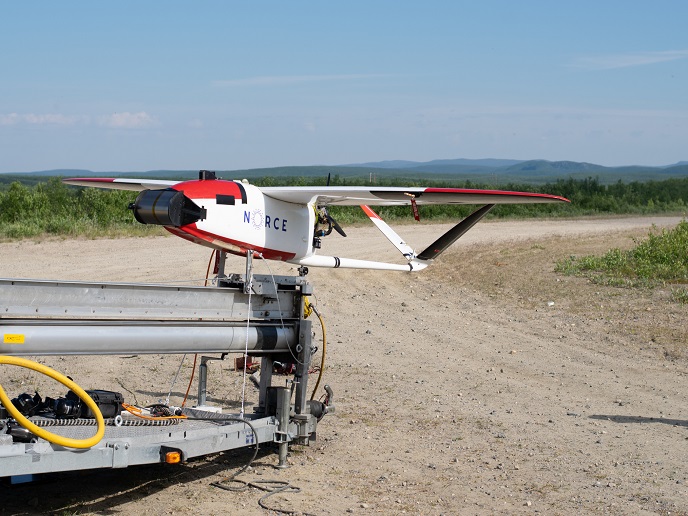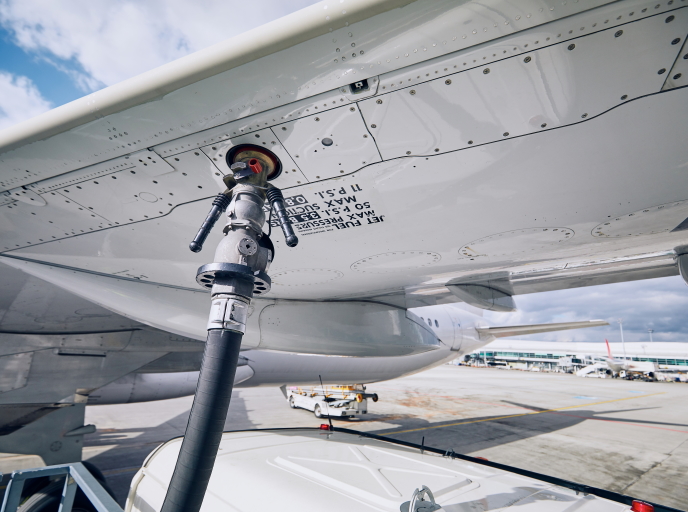Preservation of laminar flow by anti-contamination coatings
In aviation, the term drag is used to describe the different forces that oppose the motion of the aircraft in the air. Drag can be caused by the disruption of the airflow due to surface or paint imperfections. This includes the adhesion of dead insects or dirt to aircraft surfaces. To overcome this resistance, planes must generate opposite forces through their engine, which essentially means greater fuel consumption.
Novel coating technologies with anti-contamination properties
Over the years, different approaches have been proposed, including the use of coatings to mitigate insect contamination and preserve the laminar flow. However, issues regarding the lack of durability of these adhesion coatings render them insufficient. The EU-funded CHOPIN project proposed to develop highly durable hydrophobic or omniphobic coatings with anti-contamination properties to be applied on leading edges, especially on HLFC (hybrid laminar flow control) substrates. “Our goal was to address aircraft drag and fuel consumption through novel sustainable coating solutions,” explains project coordinator Mireille Poelman. Researchers tested various coating formulations and technologies, including plasma(opens in new window), sol-gel coatings, ionogel coatings and dry spray(opens in new window) deposition technologies. The development and optimisation of the coatings were based on specific criteria, such as adherence, hardness, impact, scratch and thermal resistance, erosion and cleanability. The coatings were screened initially in the laboratory on stainless steel and subsequently on micro-perforated titanium, the substrate used for hybrid laminar flow control(opens in new window). The most promising coatings (sol-gel and Ionogel) were selected at laboratory scale on the basis of their anti-contamination and easy to-clean properties as well as their durability. Then, they were further tested for their performance in simulated environments (wind tunnel) and under real conditions (drones). Coating performance was compared to an uncoated surface and to a physical vapour deposition(opens in new window) coating that is applied to increase the erosion resistance of titanium surfaces. The selected coatings showed a decreased adhesion of the insect residues on the surface, confirming the advantage of using such coatings to limit the accumulation of insect debris during flight operations.
CHOPIN prospects and future directions
“In the context of climate change, CHOPIN was designed to contribute to the ambition of reducing fuel consumption by the aircraft industry, developing and validating new durable coating strategies,” emphasises Poelman. Researchers explored different coating strategies and evaluated their potential use for leading-edge applications with a specific focus on anti-contamination. In addition to the different testing protocols developed, the knowledge acquired on adhesion/anti adhesion properties and on screening technologies can be further exploited in the aviation industry. The results and deliverables of the CHOPIN project have paved the way for future funding and development opportunities. CHOPIN partners are involved in the follow-up project STELLAR(opens in new window) that aims to develop anti-contamination solutions for natural laminar flow based on a deep understanding of the interaction of insect residues and the surface. The tests initiated in CHOPIN will be further explored in the STELLAR project, offering further insights into the use of wind tunnel tests to assess anti-contamination properties of coatings.







